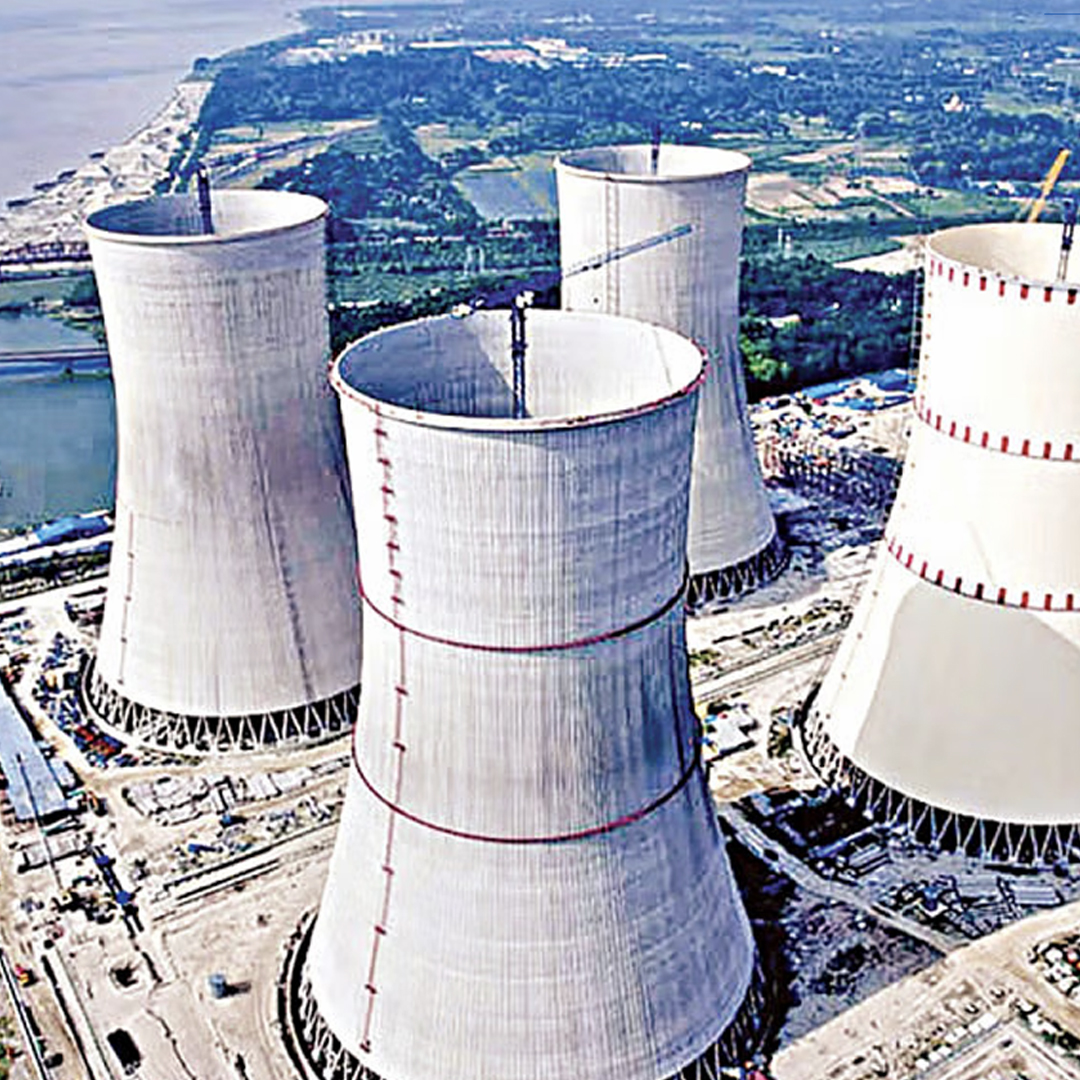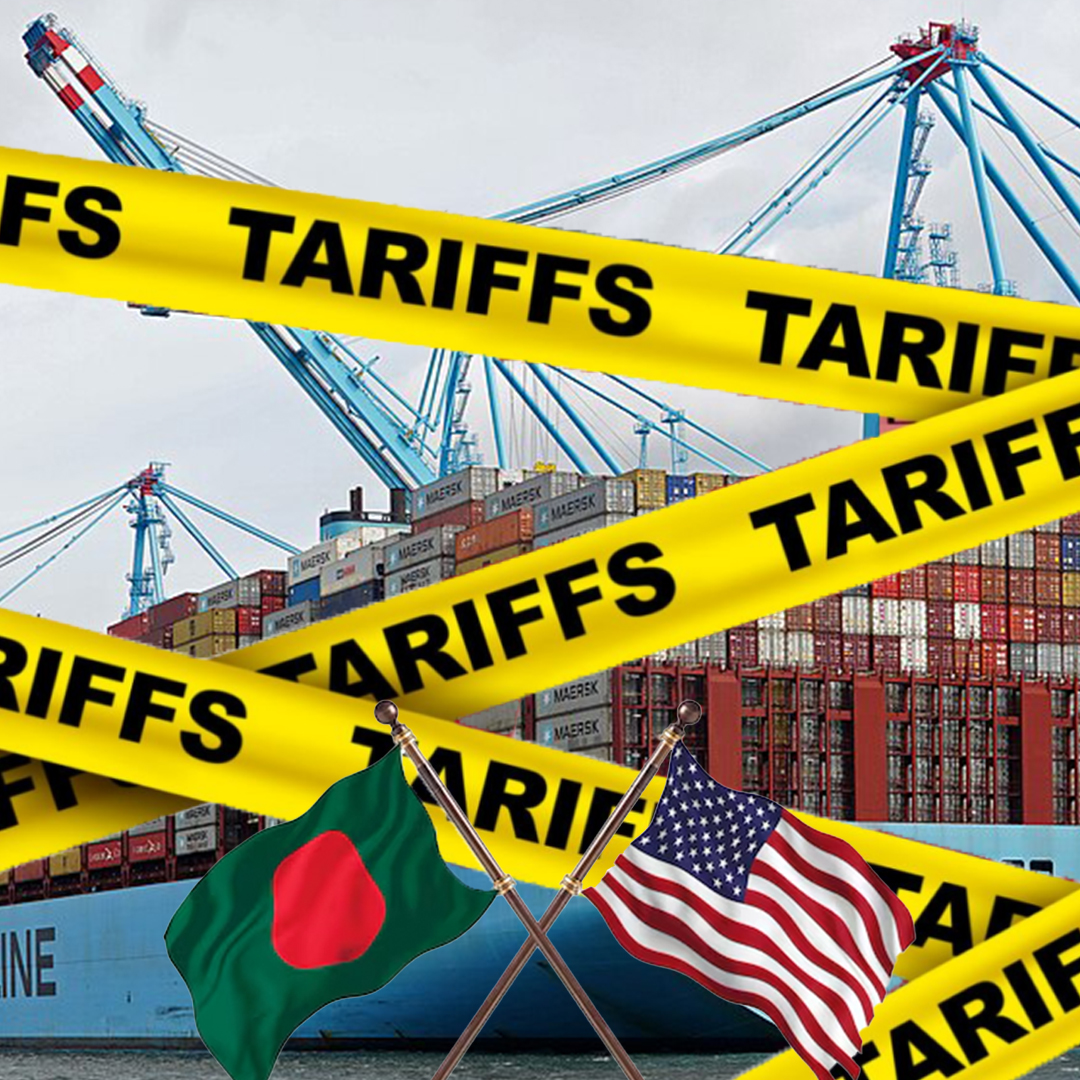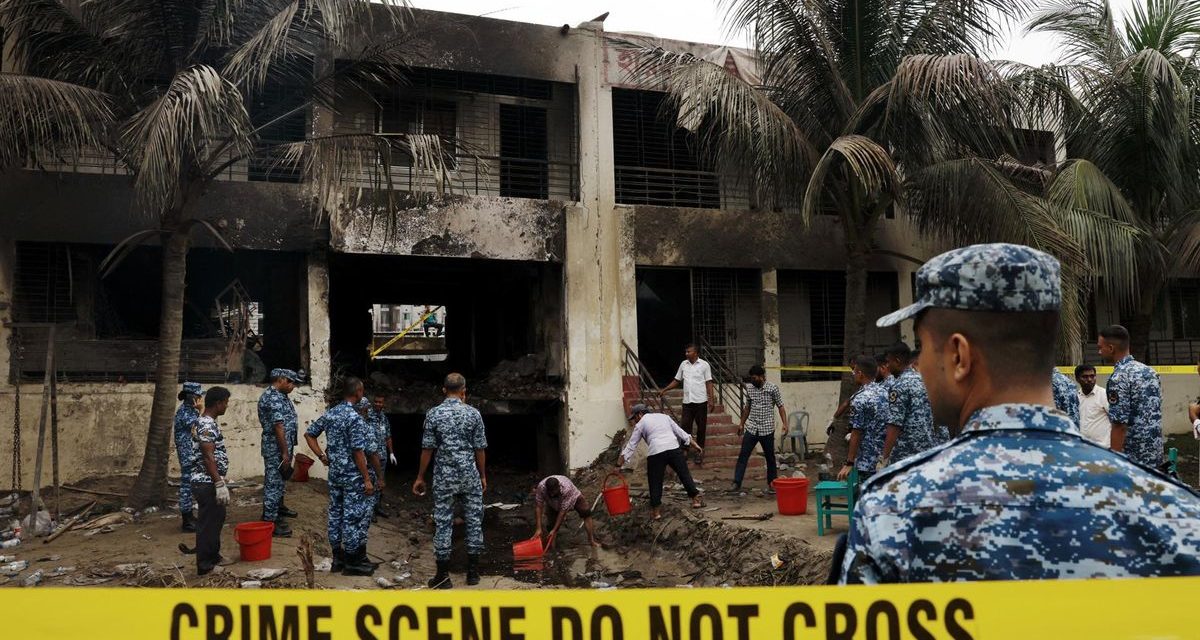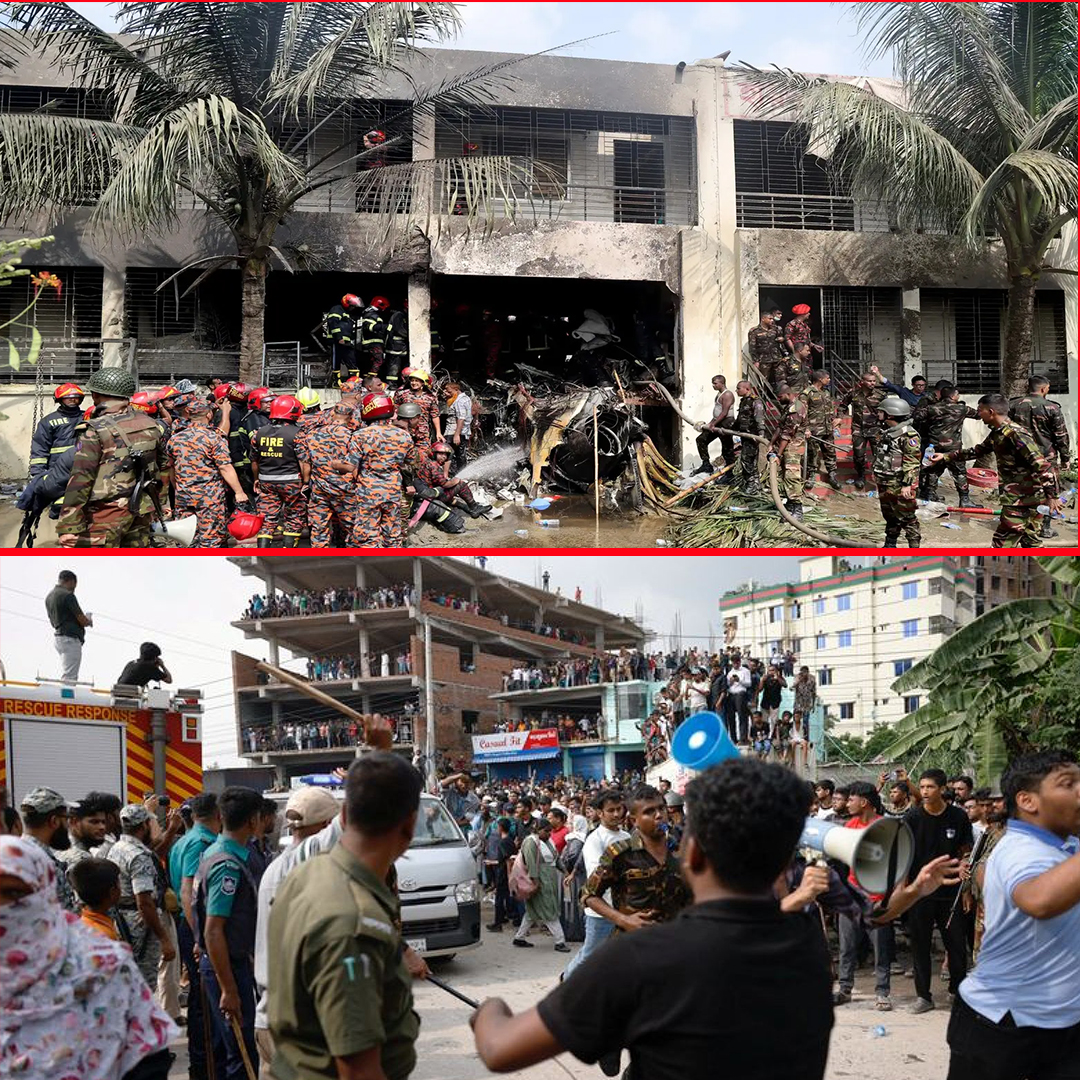
Government allocates nearly Tk 23,000 crore to three mega projects, highlighting their national importance and strategic role in future development.
In a decisive move to bolster its infrastructure and energy future, the Bangladesh government has given special budgetary emphasis to three flagship projects in the 2025–26 fiscal year: the Rooppur Nuclear Power Plant, Dhaka Mass Rapid Transit Line-1 (MRT-1), and the Matarbari Port Development Project. These three critical undertakings will receive a combined allocation of Tk 22,710 crore under the Annual Development Programme (ADP), marking them as cornerstones of the nation’s development agenda.
This significant investment—equivalent to 9.9 percent of the proposed Tk 230,000 crore ADP for the next fiscal year—signals the government’s focused intent on long-term structural transformation. Each project is set to play a key role in energy security, urban transportation, and trade logistics, all vital pillars for achieving the country’s development vision.
Rooppur Nuclear Power Plant: Energizing the Future
The Rooppur Nuclear Power Plant remains the most financially prioritized among the trio, with a proposed allocation of Tk 12,177 crore for FY 2025–26. Situated in Pabna, the plant is Bangladesh’s first nuclear energy facility and is a milestone in the country’s shift toward alternative energy sources.
As of June 2024, over 80 percent of the project had been completed. The plant’s first reactor unit, with a generation capacity of 1,200 megawatts (MW), is scheduled to begin operations by December 2025. The second unit, also rated at 1,200 MW, is expected to go online by December 2026. Once fully operational, Rooppur will contribute 2,400 MW to the national grid, significantly strengthening energy security and reducing reliance on fossil fuels.
Government officials have stressed that this plant is not only about electricity but also about technological advancement, job creation, and regional development. The Rooppur project is being constructed with Russian technical assistance under a state-to-state agreement.
MRT-1: A Modern Transit Solution for Dhaka
Dhaka’s chronic traffic congestion has long plagued its residents and businesses, costing time and economic productivity. To address this, the government is prioritizing MRT-1, the capital’s first underground metro rail project. The project is set to receive Tk 8,631 crore in the 2025–26 fiscal year, a dramatic increase from the current year’s Tk 2,043 crore allocation.
MRT-1 is designed to span 31.24 kilometers, including 19.87 kilometers of underground tracks and 11.37 kilometers above ground. It will link Hazrat Shahjalal International Airport to Kamalapur Railway Station, passing through Purbachal and other key locations. This is expected to revolutionize urban mobility in Dhaka and alleviate extreme pressure on road infrastructure.
Construction began in February 2023, and the entire line is targeted for completion by 2030. The project is being implemented by the Dhaka Mass Transit Company Limited (DMTCL) with support from Japan International Cooperation Agency (JICA), which has been a consistent development partner in Bangladesh’s transport sector.
The MRT-1 line is expected to carry hundreds of thousands of passengers daily, reducing travel time and carbon emissions while enhancing commuter convenience and safety.
Matarbari Port: Building a Maritime Gateway
Matarbari Port Development Project, situated in Cox’s Bazar, is another high-priority initiative aimed at transforming Bangladesh into a regional trade hub. The government has proposed an allocation of Tk 4,068 crore for the upcoming fiscal year, representing a 55.8 percent increase from the previous year.
This deep-sea port is envisioned to play a pivotal role in facilitating large-scale trade, reducing dependence on Chattogram Port, and enhancing connectivity to the Bay of Bengal. The government sees Matarbari not only as a port but as a comprehensive industrial corridor encompassing logistics, energy, and manufacturing.
Originally scheduled for completion earlier, the project’s total cost has now been revised to Tk 24,381 crore, with completion expected by December 2029. Once operational, it will be able to accommodate large container ships, a first for Bangladesh.
Analysts note that the Matarbari project could significantly improve the country’s global trade competitiveness by cutting shipping costs and turnaround time.
Strategic Priorities Reflect Broader Vision
The special focus on these three mega projects in the budget is not accidental. Together, they symbolize a strategic push toward high-impact sectors—energy, transportation, and logistics. The government’s allocation demonstrates its intent to modernize national infrastructure while preparing for future economic challenges.
Economists and planners view these projects as transformative. The Rooppur plant addresses long-standing concerns about energy shortfalls. MRT-1 modernizes urban transport for a growing capital city. Matarbari port lays the groundwork for industrial expansion and regional trade integration.
Moreover, these investments align with Bangladesh’s ambition to graduate from Least Developed Country (LDC) status and achieve middle-income status in the near future. They also show the government’s commitment to climate resilience and sustainable urbanization.
As the budget for FY 2025–26 takes final shape, the massive allocations for Rooppur, MRT-1, and Matarbari signal a bold roadmap for Bangladesh’s future—a future anchored in infrastructure, powered by energy, and driven by connectivity.






